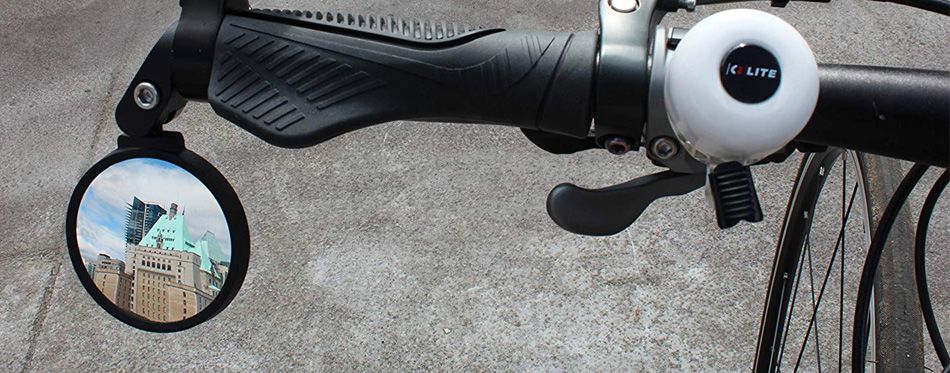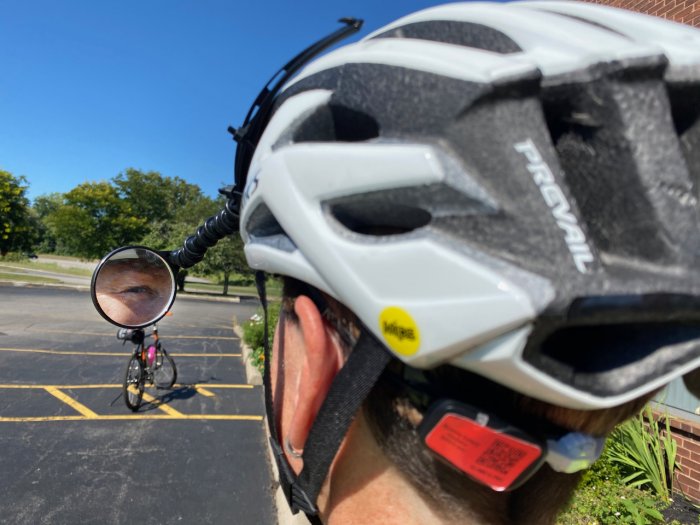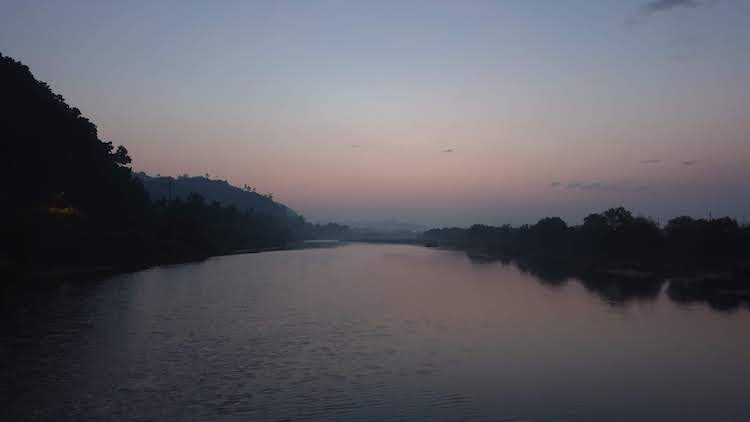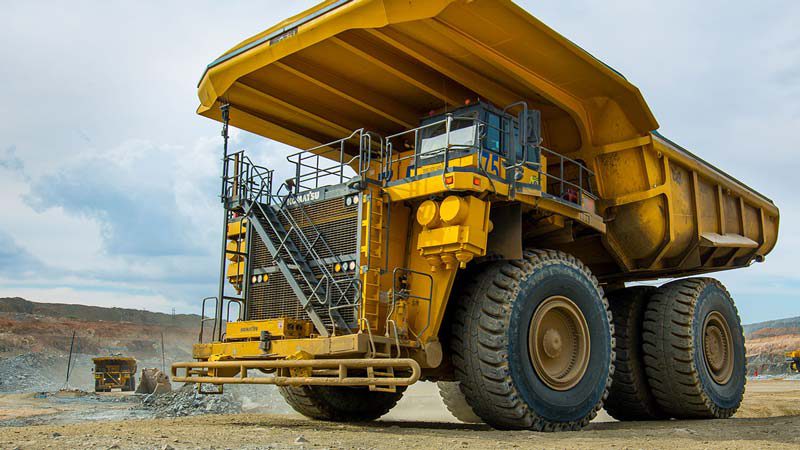While one wanders the Korean countryside on a bicycle, one’s mind wanders to things of importance – but not too much. Because that’s one of the points of cycling safely – pay attention. So as I rode this morning, there were certain points I was considering as I was (safely) pedaling along, and maybe it’s a good idea to share them to anyone who cares to read. They apply quite well to cycling in Korea especially – narrower, rougher roads; more vehicles, even on some of the farm roads (I recently had to get off a farm road completely so a dump truck whose wheels overlapped both sides could pass); and a slightly different culture (and that may not be a bad thing in my observation). But much of what I say applies well elsewhere too, so maybe my points can do some good.
To begin with, I really can’t figure out why I don’t see more helmet mirrors among cyclists, especially here in Korea. As a matter of fact, I’ve seen exactly zero in all the time I’ve ridden. And I think that other than the helmet itself, it is clearly the most important piece of safety gear I have. And it really has to be a helmet (or sunglass) mirror. Handlebar mirrors are a poor substitute. I’ve tried them, and they’re not even close in their effectiveness. Not only do they force you to take your eyes off the road to glance downward and to the side, they’re so far from your eye that their relative visible surface area is so much smaller than that of a helmet mirror. This means that anything you see in them is too small to really discern until it’s right behind you. So your reaction time is reduced and you’ve got to make that reaction while simultaneously moving your line of sight back up to the front to assess your options – all while you’re slightly panicked at the developing situation.

On the other hand, the helmet mirror allows you to see the entire road behind you for some distance while keeping your eyes forward. Just a slight turn of the head (again, while looking forward) also allows you to sweep-scan for anything that’s approaching. Because of my helmet mirror, I can easily see what’s a few-hundred meters behind me – well before I could discern anything in a handlebar mirror. Just this morning, as I was pedaling slowing beside a friend who was walking, I was able to tell him, “I’ve got to get going right after this second car.” He replied, “How did you know what was coming? Oh yeah, you’ve got a mirror.” Couldn’t have done it with a handlebar mirror.

Another interesting safety point is one that I’ve recently discovered and about which I have written recently — flat pedals on a road (gravel) bike. I’ve been in at least one situation with them this year where, if I’d been in clipless, I might have gone down in a bad spot. I was at a place with no shoulder and a slight drop-off. A car approached from the rear and wasn’t moving out and around me (I usually hold my place, but this guy was looking a bit sketchy – an observation made thanks to my rearview mirror by the way). When he passed it was close enough to make me flinch, which, being so close to the edge, sent me off balance. Because I was on flat pedals, I was able to bail immediately with both feet down. If I’d been in clipless, the move was so quick that at least one, if not both of my feet wouldn’t have made it out. Worst case scenario, I lose my balance into the road and more traffic. Ouch.
Funny thing though. On my first ride with Eric when I was in flats, I made the mistake of bragging about how much safer they were. Now, Eric and I have a history – I’ve had two “mishaps” when riding with him, both of which happened when I was at a full-stop. And one of them was with clipless pedals — leaning left after unclipping the right foot…which means falling. There’s hardly a time on a bike when you feel more panicked and more helpless than when this happens. So of course, as soon as I made my “safety” claim with flat pedals, I proceeded to trip over my own bike. Eric just looked at me and said, “Safer, huh?”
Before I go further, let me not neglect the obvious here (I mentioned it quite briefly above): the helmet. It is absolutely the most important safety enhancement a cyclist can have, and I am certain I would be in a different place if it weren’t for a helmet. Some years back I went down in a crash and cracked the front of my helmet right above me left eye, leaving a slight abrasion in the spot. If I hadn’t been wearing the helmet, it would have been my skull with the crack and my brain with the abrasion. It happened so quickly and with such force that I’m sure I would have been either dead or seriously injured. Instead, I walked (limped) away with not much more than a hamburger hand and an extremely sore left forearm (that wasn’t broken, thankfully). Riding without a helmet is quite simply idiocy. I can’t say much more than that. And as a last word, replace the helmet every so often if you want to be safe. You hope you never need it, but having a good one with a good fit will save your life, or at least some serious pain, if you do.
Now, if you’ve read me before, you know I absolutely love early morning rides. When I set out at 0430, the sky is still dark for at least another 30 minutes (at the moment – the thing I like most about June, other than my brother’s birthday, is that it contains the longest day of the year). But there’s a big difference between 0430 and 2030 (8:30PM). At 0430, there are far fewer people on the road. I would be a bit more cautious during a weekend or holiday, because anyone out at that time on a weekend or holiday could very well be on their way home from a little too much drinking. I recall one of my earliest BCFBs, as I was cutting through the city streets of Songtan at 0440 or so, I had to stop at the side of the road to listen to a strange metallic and plastic scraping sound that was coming from up ahead. I was soon surprised to see an SUV coming around the corner pushing its own front bumper (and then some) on the street before it. All I could do was gawk in disbelief as he passed. Then, just as I turned away to set off, I heard a bit of a crunch and then silence. The driver had run over his own bumper with both the front and back wheels, leaving it there in the middle of the street as he continued on his way. I thought that perhaps the knock on his door later that day would make a good story. “Sir, can you explain why we found your bumper — with the license plate attached — in the middle of the road?” Not to mention the possibility of them putting two and two together when someone else filed a hit and run report just down the street.

The thing about this timing safety tip is that the lighting is much different at 0430 than it is at 8. The sky is lightening, and fewer cars mean fewer chances of being blinded by their oncoming headlights. Riding after dark in the evenings is much more challenging. There are far more vehicles on the road, which means more of them trying to squeeze by you (if they even see you), and of them more coming from the front to blind you. Believe me, being able to see the road right in front of you is extremely important. A big pothole. A rock. A drop-off or a curb. They could all make for plenty of trouble to a cyclist who can’t see them.

And of course, the biggest safety tip for night-riding (whether evening or morning) is your ability to be seen – through both lights and reflective gear. A strong front light that can see the road well, make you visible to others, and that has the ability to flash during dawn and dusk hours where visibility gets tricky is absolutely crucial. And so is a powerful flasher in the back – one that should be on no matter when you ride, day or night. You should also consider anything else you can wear or put on your bike that works to reflect the light of the vehicles around you. I have a jersey that has reflective strips and patterns on it. I’ve also got reflective stickers on one of my bikes. Plus I’ll occasionally wear a reflective snap strip around an ankle – one with a flashing light in it — that looks like a glow-stick bobbing up and down with each pedal stroke to anyone who approaches.
Lastly, I’m quite scared of construction vehicles. It might have a lot to do with witnessing the aftermath of an accident where I saw that a truck had obviously run over the head of a guy who had been riding a scooter and had made a wrong turn in front of him. The scooter-rider was wearing a full motorcycle helmet, but from what was visible poking out of the sheet covering his body, it made no difference. The crown of the helmet was compressed to about half its natural height. Anyway, it’s healthy to be a bit wary of vehicles (as long as it’s not a debilitating wariness). Sure, dump trucks and cement mixers are especially intimidating, but I’ve got to remind myself that I can be killed just as dead by a grandma in a Prius. It might not be as gruesome, but it would still be dead.

And here’s a bonus thought for you – a parked truck can kill you too. I was riding through an industrial park at the port a while back and noticed how some of the flatbed trucks parked at the side of the road had the nastiest back-ends. The kind that look like they could decapitate a cyclist at about 20 mph. But decapitation or not, if you hit any parked vehicle at a decent speed, you will not come out of it well. I’ve thought of that as I’m passing parked trucks. The truck will not move if I hit it, and I’m moving at a speed faster than I can run by a long shot, and if I were to run full speed into a brick wall, it would hurt a lot. Now double that speed, and it’ll kill.
The biggest safety point to which I’m bringing all of this is that you absolutely have to be defensive. You have to constantly be paying attention. It may sound a bit macabre, but when I see a big truck behind me on a ride, one of my first thoughts is, “Is this the one that kills me?” Wariness. Not debilitating, but that extra bit of caution that prepares me for the possibilities. Defensive riding and the awareness of your surroundings that it requires could save your life. It’s not just about the other guy. Letting your mind wander and plowing into the back of a stopped or parked vehicle could kill you too.
I’ve put in thousands of miles in Korea, and not without mishap. I’ve been hit a couple of times. I’ve done the hitting too on a couple of occasions. I’ve hit invisible curbs and crashed too. I’ve been buzzed by cement trucks and SUVs passing within a foot or two of me at 50 mph. And I honestly think I’ve pulled it off (so far) because of the things I’ve written here. All of that riding and all of those experiences in an especially challenging environment mean something, and I hope they’re helpful to whoever reads this wherever they ride.
And finally, If anyone who reads this has any other insights or stories, drop a comment and let me know.
